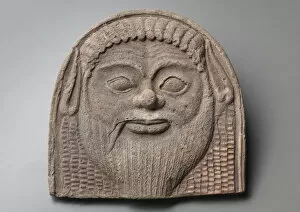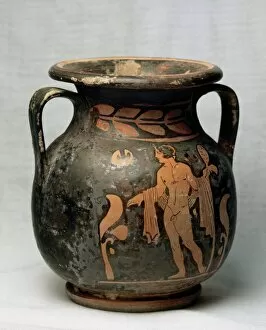Tarentum Collection
Tarentum, a city rich in history and culture, has left behind an array of fascinating artifacts that offer glimpses into its past
All Professionally Made to Order for Quick Shipping
Tarentum, a city rich in history and culture, has left behind an array of fascinating artifacts that offer glimpses into its past. The Fish Plate, crafted by the Perrone-Phrixos Group between 340-320 BCE, showcases the artistic prowess of this ancient civilization. Its intricate design captures the beauty and diversity of marine life. Coins from different periods also shed light on Tarentum's economic prosperity and military might. The Stater depicting a Horseman, created by unknown artisans between 272-235 BCE, exudes power and elegance. Another Stater from around 334-302 BCE portrays a similar motif but with its own unique charm. A third coin dating back to approximately 380-345 BCE showcases the skillful craftsmanship of yet another anonymous creator. Moving beyond coins, Tarentine Sculpture presents us with a depiction of Thetis adorned in Achilles' armor - a testament to their legendary connection within Greek mythology. This sculpture transports us to an era where gods and heroes roamed freely. The city's vibrant cultural scene is evident through various mediums such as engravings and pottery decorations. An engraving titled "Posthumius in the theatre at Tarentum" offers insight into theatrical performances enjoyed by its inhabitants centuries ago. The Port of Taranto (Tarentum) depicted in an engraving from 1764 reveals how this coastal city served as a hub for trade and maritime activities throughout history. Magna Graecia's red figure pottery further immerses us in Tarentum's artistic heritage. An amphora decorated with scenes from Homer's Odyssey takes us on Odysseus' epic journey filled with mythical creatures and heroic adventures. A lekythus adorned with feminine motifs reflects women’s roles within society during that time period. Archytas emerges as one of the notable figures associated with this ancient city-state—a philosopher, mathematician, and statesman who contributed significantly to the intellectual development of his time.














